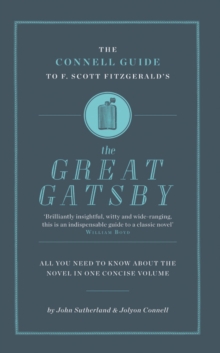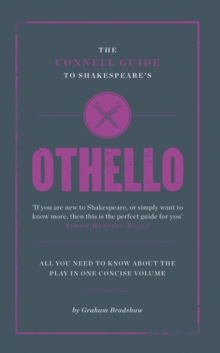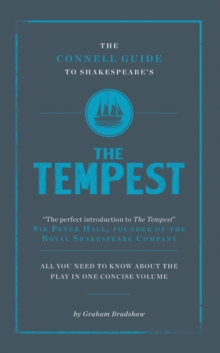
The Connell Guide To Mary Shelley's Frankenstein Paperback / softback
by Josie Billington
Part of the The Connell Guide To ... series
Paperback / softback
- Information
Description
"There never was a wilder story imagined," wrote one reviewer on the first publication of Frankenstein in 1818: "we do not well see why it should have been written." The admiring Sir Walter Scott felt that Frankenstein's "unexpected and fearful events... shook a little even our firm nerves". The prophetic power of novel's imagery in reflecting the dehumanising effects of science, technology, empire, business and the mass media has never abated.
Writing in 2002, Jay Clayton said: "As a cautionary tale, Frankenstein has had an illustrious career; virtually every catastrophe of the last two centuries - revolution, rampant industrialism, epidemics, famines, World War 1, Nazism, nuclear holocaust, clone, replicants and robots - has been symbolized by Shelley's monster.
Perhaps more than any other novel, Frankenstein has been interpreted as a warning impeding events." For some readers these warnings have produced a monstrous creation in place of Mary Shelley's own. "Frankenstein is a product of criticism, not a work of literature," argues Fred Botting.
Yet if the metaphorical interpretations of the novel appear to exceed the adolescent fantasy which gave rise to them, this is in itself a tribute to the original work, concludes Levine: "The book is larger and richer than any of its progeny and too complex to serve as mere background...
The novel has qualities that allow it to exfoliate as creatively and endlessly as any important myth." In this book, Josie Billington looks at the story and its legacy, and sifts the vast repertoire of critical opinion to give us the most interesting verdicts on the novel.
Information
-
Out of StockMore expected soonContact us for further information
- Format:Paperback / softback
- Pages:128 pages, 1 B&W, 4 Colour
- Publisher:CONNELL PUBLISHING LTD
- Publication Date:13/12/2016
- Category:
- ISBN:9781907776571
Information
-
Out of StockMore expected soonContact us for further information
- Format:Paperback / softback
- Pages:128 pages, 1 B&W, 4 Colour
- Publisher:CONNELL PUBLISHING LTD
- Publication Date:13/12/2016
- Category:
- ISBN:9781907776571



